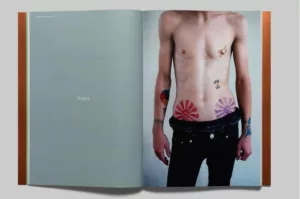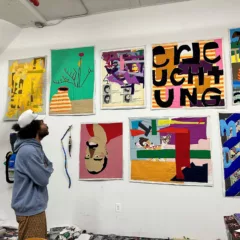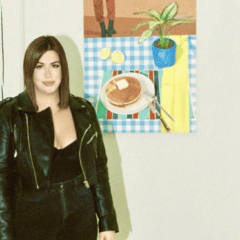Mary Morton and George T. M. Shakelford, Gustave Callebotte; The Painter’s Eye
(National Gallery of Art, D.C. and the University of Chicago Press: 2015) ISBN 9780226263557
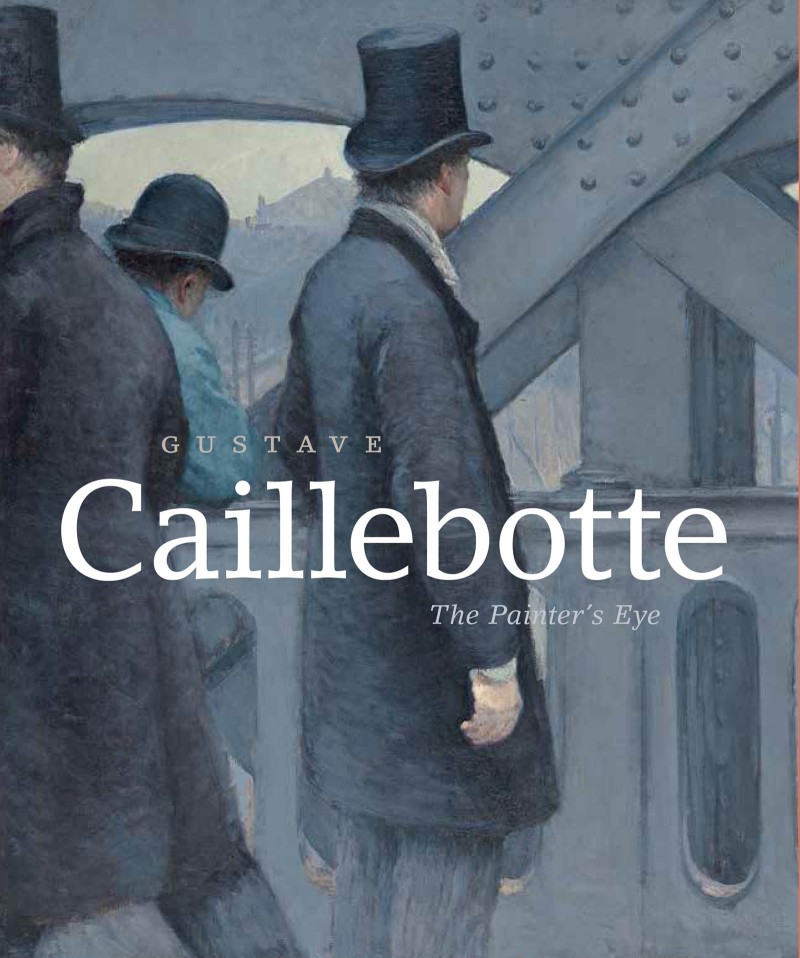
Gustave Callebotte is the dark horse among the Impressionists, even though his largest work, “Paris Street, Rainy Day,” is a popular favorite at the Art Institute of Chicago. Beyond that painting, little of his work can be seen in U.S. museums, so readers interested in Impressionist and late nineteenthcentury French painting will find this catalog invaluable, even those who saw the 1994 exhibition in Paris, Chicago and Los Angeles, or can get to Ft.Worth before Feb. 14, 2016, to see the second stop on this exhibition tour. It will be an eyeopener even to readers who thought they knew Caillebotte’s work, since many of the paintings are owned by the artist’s family and other private collectors, and the curators did a wonderful job in convincing them to lend.

Callebotte was properly trained and showed in four of the six Impressionist exhibitions, but painting was only one of his serious interests. He never sold his work; he was wealthy, and didn’t need to. In fact he has long been best known not as a painter, but as a collector of the Impressionists who donated his collection to the French state; it is now in the Musee d‘Orsay,Paris.
His major subject was Paris and its residents during a period of tremendous urban, technological and social change. He painted street scenes, interiors – some with views out windows – and a group of remarkable still lives. One is a deadpan record of an ox tongue and calf’s head as seen hanging at the butcher’s. His work is distinguished by an unusual sensitivity to the distortions of photographic perspective, and two scholars discuss his relationship to photography and film.
Further essays situate his work within the circle of Impressionism and in relation to academic painting, contemporary criticism, the social changes of the period and bourgeois interior furnishings, and his posthumous reputation. The illustrations are extraordinary, allowing readers to study Callebotte’s paintwork in remarkable detail.
Jacqueline Hassink View, Kyoto
(Hatje Cantz, Ostfildern: 2014) ISBN 9783775739108
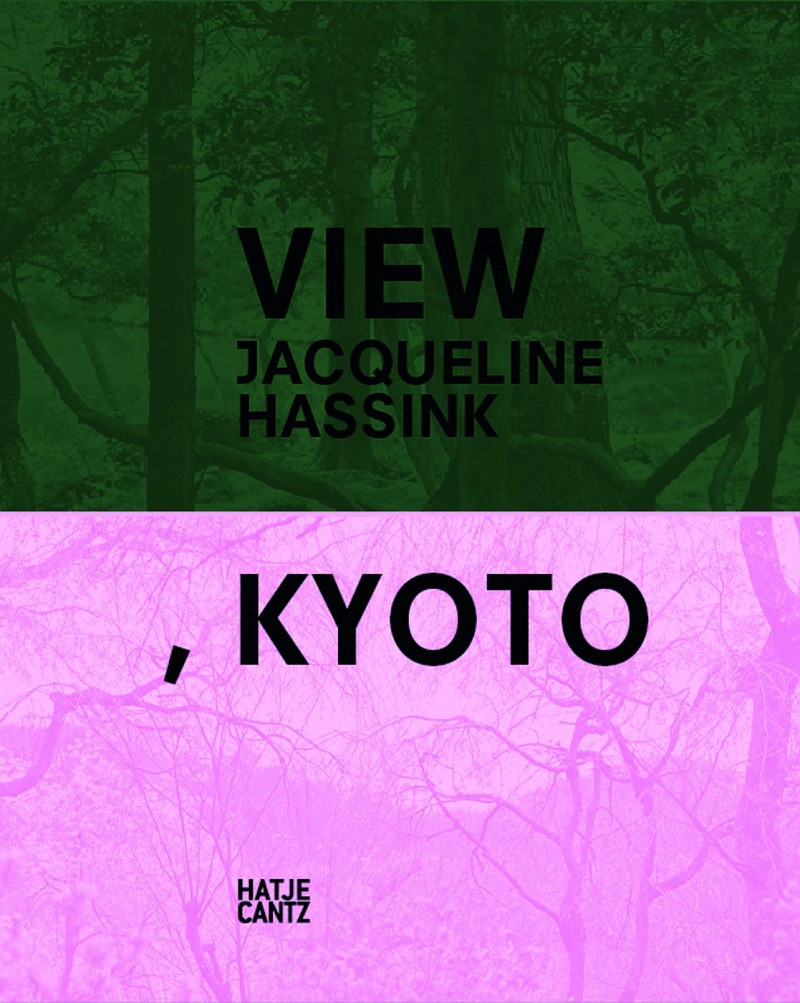
While I have long wanted to visit Kyoto I have not yet managed the trip, so this seductive visual study of Kyoto’s Buddhist temples and their gardens is an extremely welcome substitute a preview, I hope. The Dutch photographer, Jacqueline Hassink, spent a decade on research and four years on the photographic project, developing relationships with the head monks at several temples which enabled her to study them intimately. She initially focused on the relationships between temple interiors and gardens, which change with the movement of screens to create flexible interiors, and with the cycle of seasons. She also studied the changeable spaces of the temple interiors, and did a series on the moss garden of Saihōji.
Buddhist gardens, like many early gardens in the Middle East, represent the realm of the divine so their relationship to the human realm of the temples’ interiors is inherently spiritual. The doublepage spreads of this large monograph convey more of that spirituality than might be thought possible. This is supported by Irma Boom’s sensitive design; its velvety and bifurcated binding mirrors the monograph’s interior/exterior subject, and many of the garden views are bled to resemble the visual effect of cropping when the gardens are seen from the temple interiors. The volume is predominantly visual, supported by Hassink’s short text about the photographic project which yielded the book and a twochannel film installation. It also includes a map of Tokyo with temple locations identified, Hassink’s short interviews with the head monks of Hōsenin, Rengeji, Shishendō and Tōfukuji, a conversation with Gert van Tonder, a professor of visual psychology at Kyoto Institute of Technology, and pages from nine of the photographer’s notebooks recording her work on the project.
Silvia Langden Outdoor Art; Extraordinary Sculpture Parks and Art in Nature
(Prestel, Munich: 2015) ISBN 9783791381183
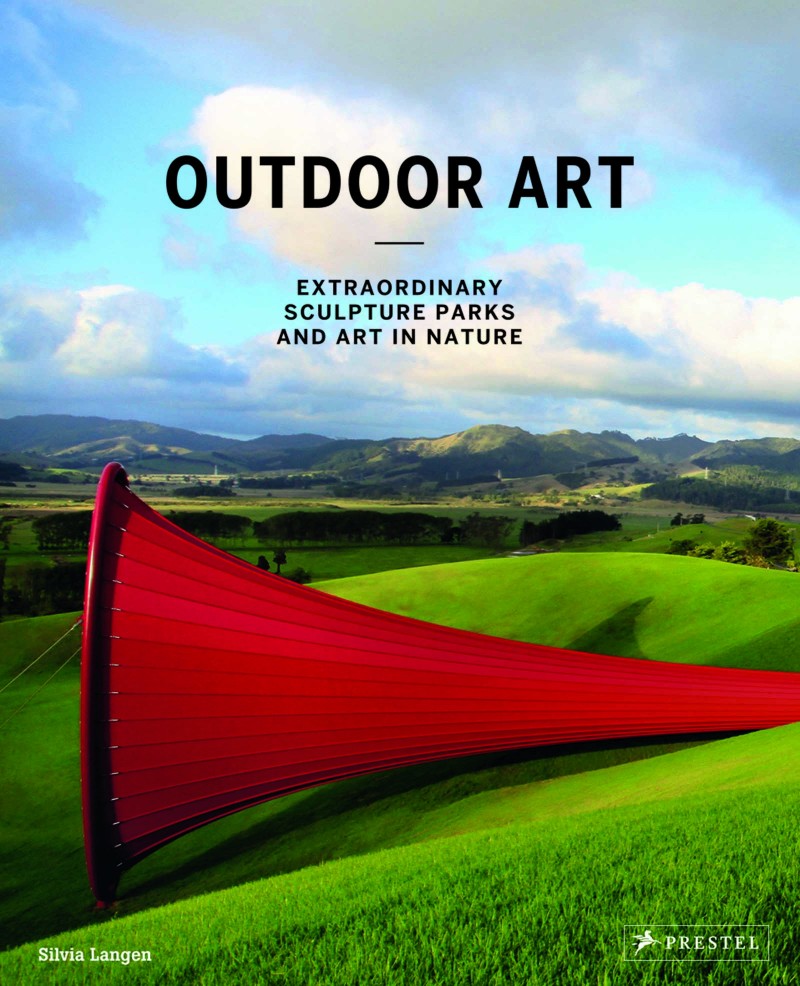
This beautifully produced and spectacularly illustrated book offers a six-continent tour of twenty-
five sculpture parks; readers are unlikely to know of most of the collections, which can be visited only with considerable planning, if at all. Three are exclusively private, one is open on a single day every year, and another is best viewed from a hotair balloon. All the sites were established by individuals and are spread across six continents; three sites created by artists Donald Judd, James Turrell and Ian Hamilton Finlay, are the only ones that have achieved widespread renown. The illustrations provide startling views of artworks that are more usually sited in urban environments.
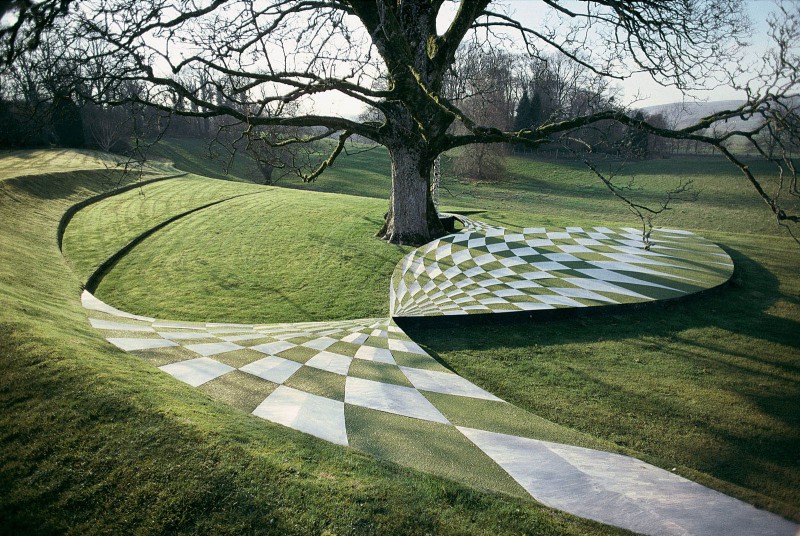
Many of the parks are designed in the tradition of Romantic gardens – settings highly planned to look as if they happened on their own. Bernardo Paz built his Centro de Arte Contemporanea Inhotim in Brumadinho, Brazil, two hours from the nearest city. It allowed him to establish permanent settings for works too large for any urban museum. The collection includes commissioned work by Chris Burden, Olafur Eliasson and Doug Aiken, among more than 130 works by artists from thirty countries. Gibbs Farm is located on a thousand acres of former farmland in Makarau, on the North Island of New Zealand. It provides a rich background for thirty commissioned works by a group of internationally known artists who often responded to its scale with artworks far larger than any they had produced. The patron, Alan Gibbs, adapted the landscape, removing hills and adjusting a slope in order to site Anish Kapoor’s eighty-five meter, horn-shaped “Dismemberment, Site 1.” The fifty-six steel plates of Richard Serra’s “Te Tuhirangi Contour” required engineering advice and ten meters of substructure to keep it in true perpendicular to the slope of the site.
When viewing museum exhibitions I often play the game of deciding which artwork I would take for my personal, imaginary collection. This book has made me realize that I need to extend my imagination to real estate as well.
Marie Jirásková and Paevel Jirásek The Puppet and the Modern; Visual Style of Czech Family Puppet Theatres, Theater Clubs and Art Scenes in the Early 20th Century as a Unique Reflection of Avant Garde and Modernist Currents by Czech Artists
(Arbor vitae, Revnice:2014) ISBN 9788074670565
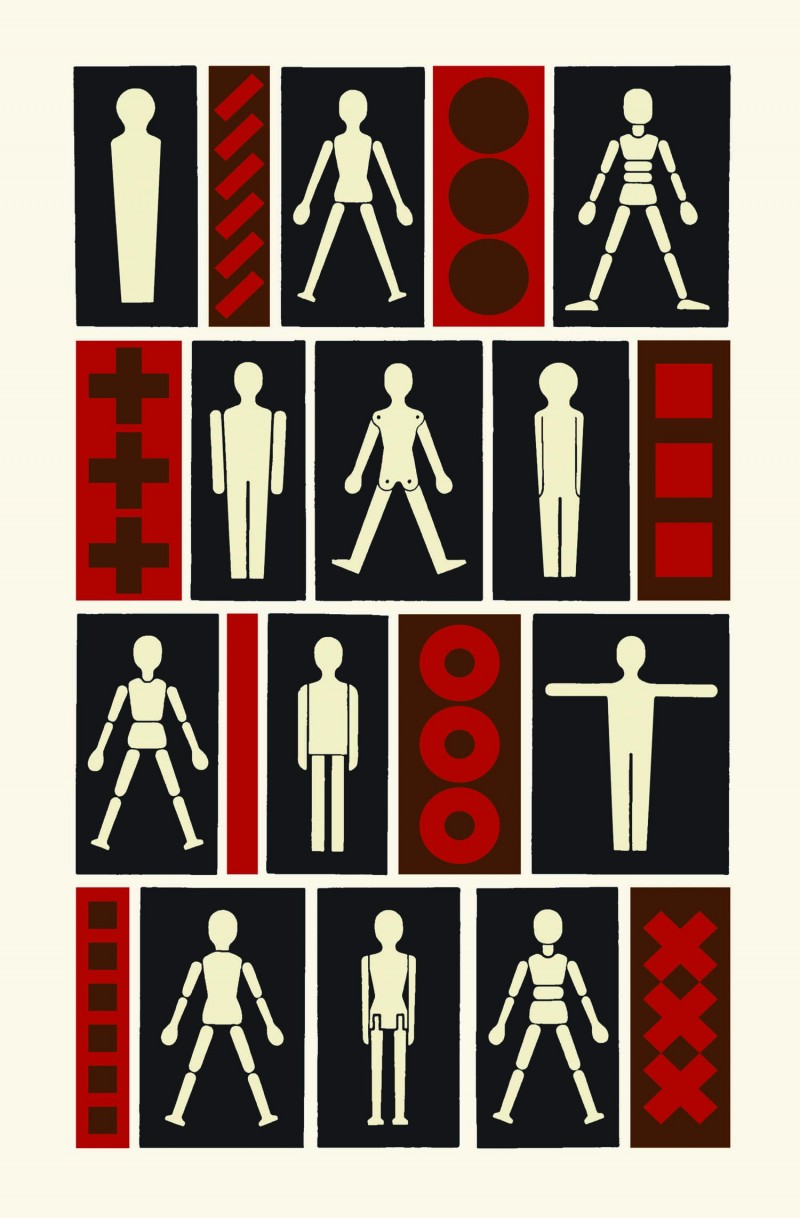
Beyond a readership of puppet scholars for whom this will be the definitive study, this truly stunning book will appeal to many readers interested in early modernist art and sculpture in general – for that’s what most of these puppets are: manipulateable sculpture on a small scale.
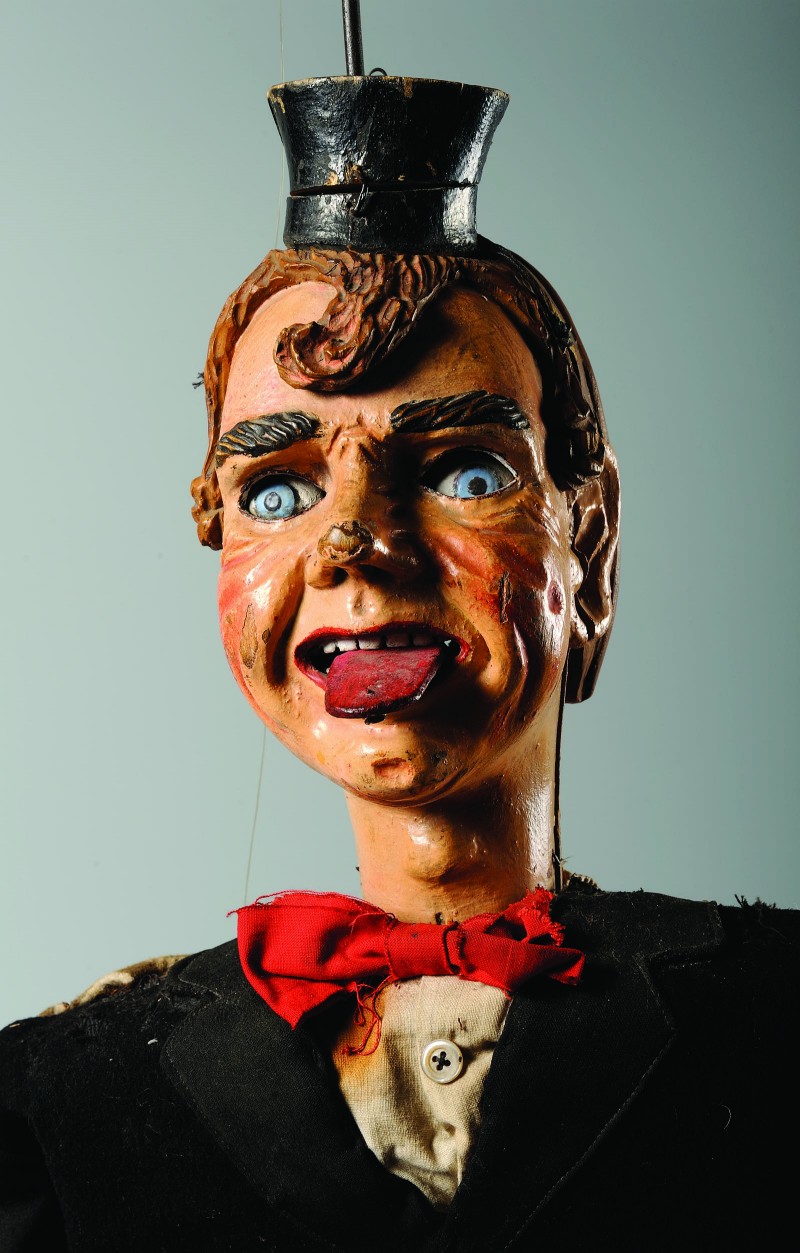
The extensive illustrations in the 472page volume will also likely provide inspiration to artists. The puppets range broadly in style, from Art Nouveau through Expressionist and geometric Modernist, and the interpretation of individual puppetmakers is varied. While Czech puppets have a strong tradition, they were not standardized, as were Punch and Judy. The characters of the puppets are equally broad: figures from myth, history and literature including devils, sprites, witches, kings and princesses, various animals and insects, skeletons, soldiers, jugglers, and comic book characters, including Felix the Cat.
Many readers will concentrate on the extensive illustrations of puppets, theatres, stage sets and announcements of performances, which are fully satisfying as a visual survey of the subject. The essays offer a broad and fascinating study of Czech history as seen through its puppetry. It touches on questions of nationalism and the revival of folk culture, the relationship between amateur and professional puppetry, the uniquely significant Czech puppet clubs during the interwar period, puppetry and avantgarde artists, the stylistic and technical histories of Czech puppets, the revival of interest in handmade toys, as well as many studies of individual puppetmakers. The book includes an extensive bibliography and an index.


